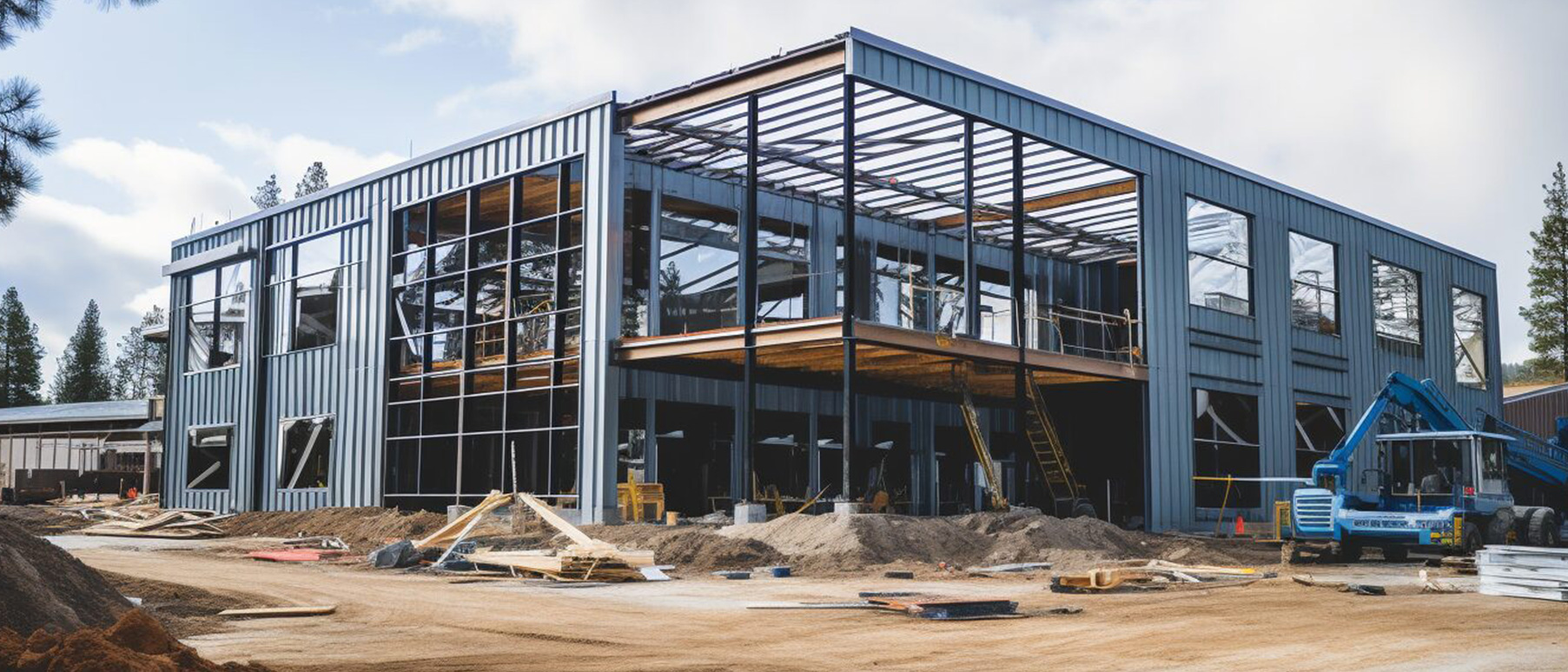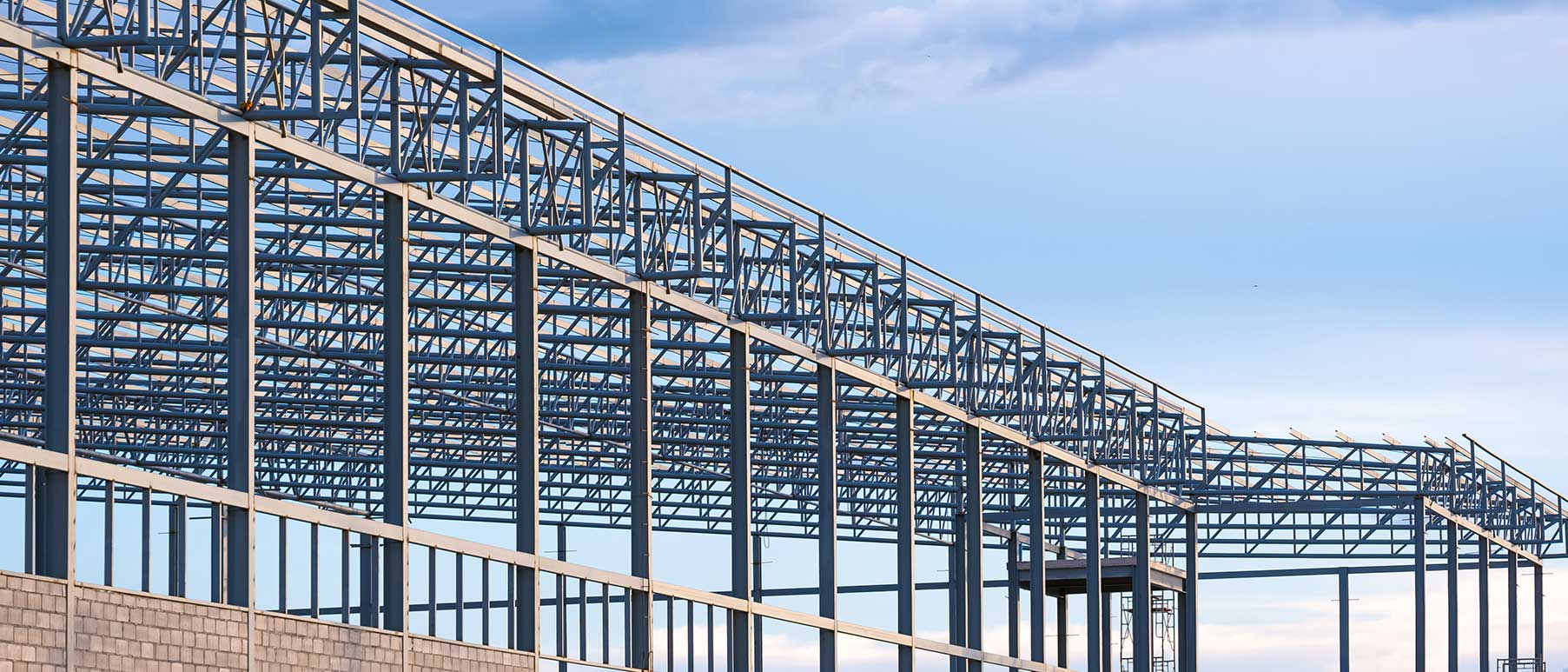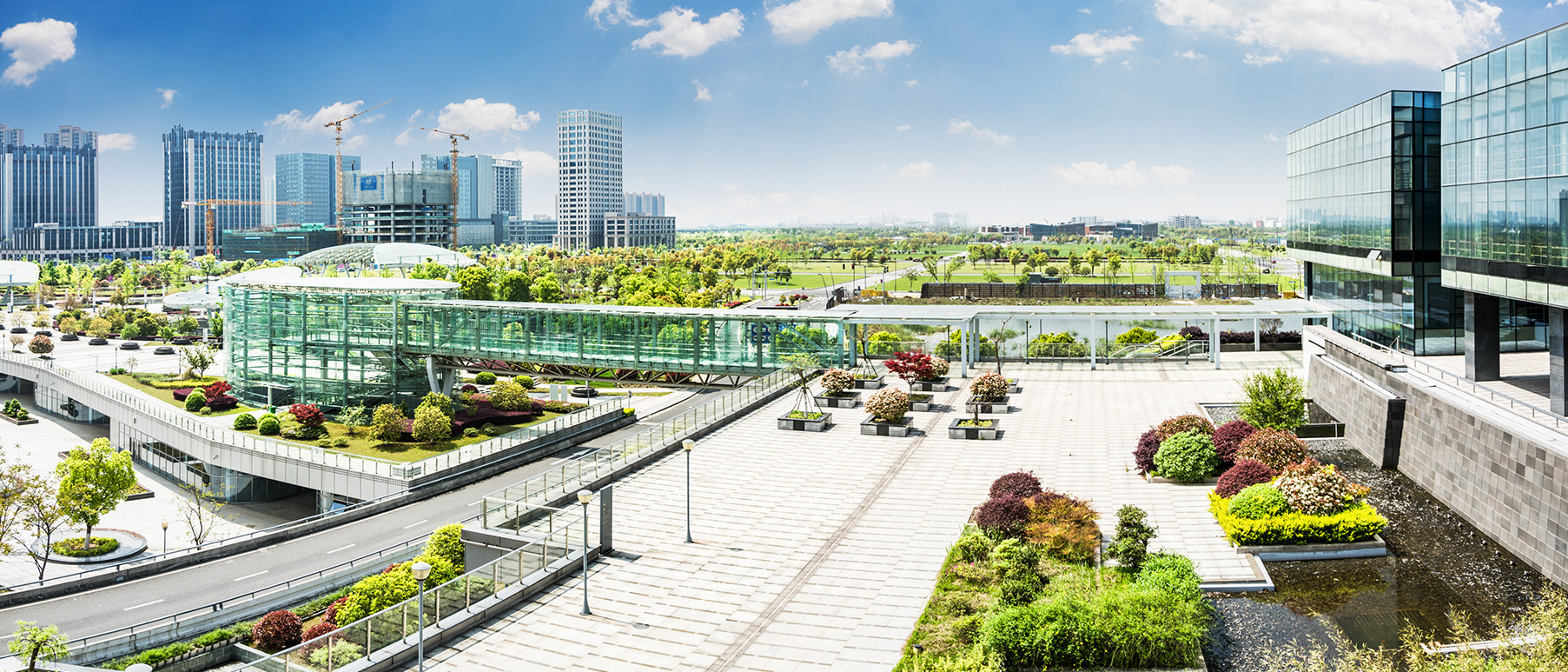- June 12, 2024
Pre-engineered buildings (PEBs) have been revolutionizing the construction industry with their efficiency, cost-effectiveness, and versatility. As technology advances and sustainability becomes increasingly important, new trends are emerging in the PEB sector. Let’s delve into some of the latest trends shaping the future of PEB construction:
- Sustainable Design: With a growing emphasis on environmental responsibility, sustainable design practices are gaining traction in the PEB industry. From utilizing recycled materials to incorporating energy-efficient features like solar panels and green roofs, PEBs are becoming more eco-friendly than ever before.
- Advanced Technology Integration: The integration of advanced technologies such as Building Information Modeling (BIM), virtual reality (VR), and augmented reality (AR) is transforming the way PEBs are designed, constructed, and managed. These technologies streamline the design process, improve collaboration among stakeholders, and enhance project visualization.
- Modular Construction: Modular construction techniques are becoming increasingly popular in the PEB sector due to their ability to expedite project timelines and reduce construction costs. By prefabricating building components off-site, PEB manufacturers can achieve greater precision, efficiency, and consistency in construction.
- Customization and Flexibility: Today’s clients demand PEBs that offer flexibility and customization to meet their unique needs and preferences. From customizable floor plans to innovative design features, PEB manufacturers are offering a wide range of options to accommodate diverse project requirements.
- Safety and Resilience: Safety has always been a top priority in construction, and PEB manufacturers are continually innovating to enhance the safety and resilience of their buildings. From incorporating advanced fire suppression systems to designing structures that can withstand extreme weather events, safety is paramount in PEB construction.
- Automation and Robotics: Automation and robotics are revolutionizing the manufacturing processes of PEBs, leading to increased efficiency, precision, and productivity. By leveraging automation technologies, PEB manufacturers can streamline production workflows, minimize errors, and reduce labor costs.
- Smart Buildings: The concept of smart buildings, equipped with IoT (Internet of Things) technology, is gaining momentum in the PEB industry. IoT-enabled sensors and systems allow for real-time monitoring, control, and optimization of building operations, leading to improved energy efficiency, occupant comfort, and maintenance management.
- Adaptive Reuse: As sustainability becomes a focal point in construction, adaptive reuse of existing PEB structures is becoming more prevalent. Rather than demolishing outdated buildings, PEB manufacturers are retrofitting them with modern technologies, extending their lifespan, and minimizing environmental impact.
In conclusion, the PEB industry is evolving rapidly, driven by advancements in technology, sustainability, and innovation. By embracing these latest trends, PEB manufacturers can stay ahead of the curve and continue to deliver high-quality, cost-effective solutions to their clients.
Bracing Systems in PEBs: The Invisible Strength That Holds It All Together
When we talk about pre-engineered buildings (PEBs), the focus is often on speed, cost, and steel optimization. But behind the...
Importance of the Design Department
The design department is a critical component of a Pre-Engineered Building (PEB) company, serving as the backbone that transforms conceptual...
Exploring the Latest Trends in Pre-Engineered Buildings (PEB)
Pre-engineered buildings (PEBs) have been revolutionizing the construction industry with their efficiency, cost-effectiveness, and versatility. As technology advances and sustainability...
The Eco-Friendly Advantages of Pre-Engineered Buildings.
Here are some key reasons why pre-engineered buildings (PEBs) can be considered eco-friendly: Reduced Construction Waste Prefabricated Design: PEBs are...
Deep Dive into PEB Designs: Understanding the Options
Here's a more detailed explanation of the different PEB designs by function: Clear-Span Buildings: Ideal for: Warehouses, factories, production facilities,...







